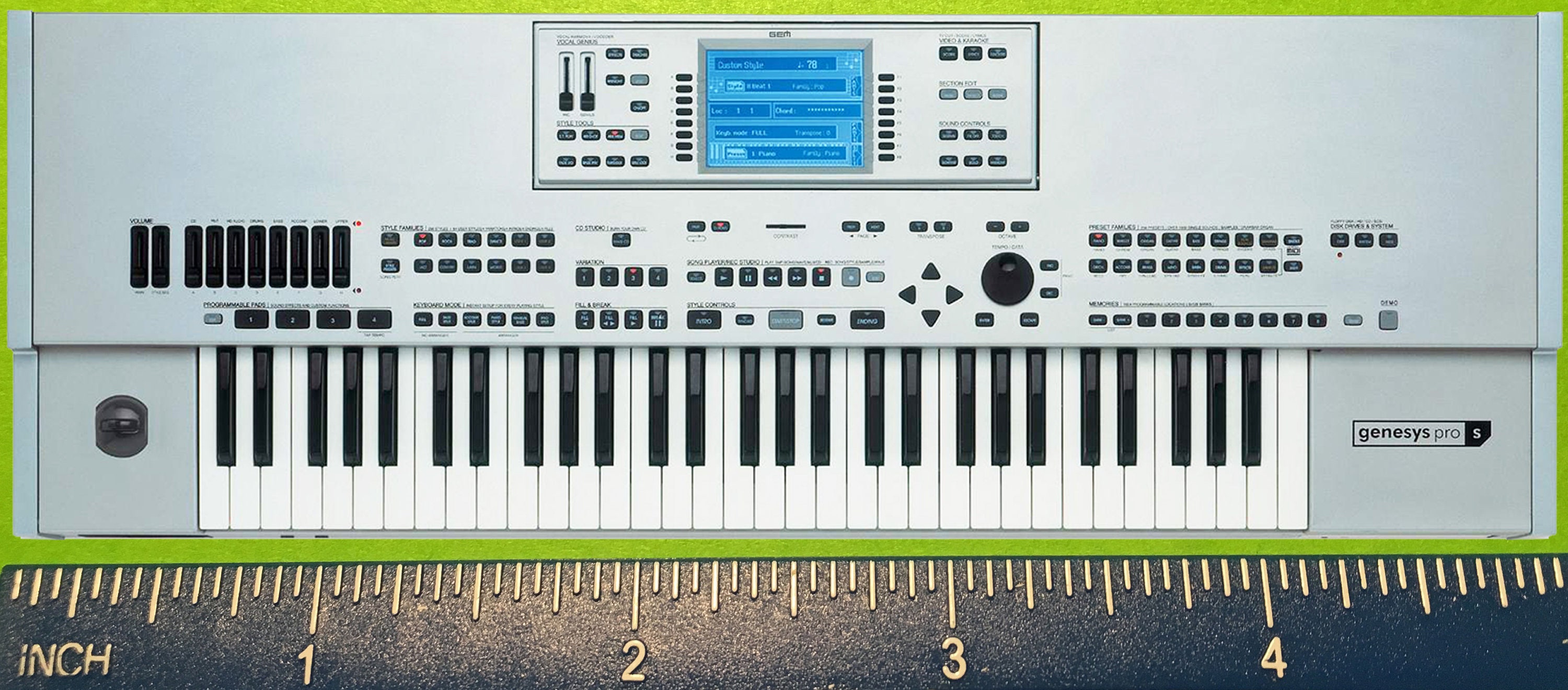

- #HARTMANN NEURON TOUCHOSC EDITOR HOW TO#
- #HARTMANN NEURON TOUCHOSC EDITOR BLUETOOTH#
- #HARTMANN NEURON TOUCHOSC EDITOR SERIES#
- #HARTMANN NEURON TOUCHOSC EDITOR FREE#
Just think 20 knobs for scraping the two balls. That means you can change aspects of the scape such as how big it is, and how stringy or noisy it is via the three balls, then change aspects of the ‘sphere’ and you end up with scapesphere… look I’m trying OK.

So to make a noise you start with a sample, which has been turned into a ‘scape’. Two balls with a column between them makes 10 v-balls or 20 knobs. Then there are two v-balls for the environment that your object resonates – two more X’s and Y’s. Three v-balls are the parameters of the object making the noise. You see each of those ball things is a Resynator.

I don’t have the Nuke controller so had to set up an orchestra of knobs to do the business. After I sacrificed a few kittens – it works!
#HARTMANN NEURON TOUCHOSC EDITOR HOW TO#
But just yesterday a very kind man John T showed me how to set this up on my Music PC.
#HARTMANN NEURON TOUCHOSC EDITOR FREE#
Like everyone else years ago I downloaded the free this only works on a Mac built between April and May 2001 if the wind is blowing in the right direction version, tried to get it working and realised that I was closer to death than before I started. a percussive sound (like a voice) and a constant sound (like a tone) will give the most recognisable results.

I’m sure Bernsee would be cross with me for using the V word, but you will find that e.g. With some fiddling you get A vocoding B on one side, B vocoding A on the other and cross fades between these in the middle. Then to place your A sound on the first, B sound on the second and route these to the third track on which you place your Morph plug in. You need to make three audio tracks in your DAW. It’s where the Neuron went, like a cicada, leaving the empty shell for people to collect from Reverb. Instead of requiring a long computation to create the models it does so in real time and you can capture that flow. Morph is not an instrument, you process your sounds on the fly. It’s possible the problem exists between computer and chair but there is no magic here – there are as many horrible noises out of this as the Neuron.
#HARTMANN NEURON TOUCHOSC EDITOR SERIES#
Along the way, this research resulted in the highly regarded morphing algorithms in Prosoniq’s sonicWORX series of sample editors, the morphing synthesis engine in the Hartmann Neuron synth, and MORPH’s predecessor, Prosoniq Morph.” Yes that sounds familiar – as the do the results which are much the same as any other vocoder. Neuron – well, there is still Zynaptiq and they still lead the world in techno-babble.įrom the manual: “The MORPH technology is the latest result of research that goes back to the 1980’s, when our lead scientist Stephan Bernsee created the world’s first audio morphing algorithm on the then top-of-the-line SGI platform. Hartmann – little red knobs laid out back to front on grey surfaces with teeny tiny lettering Here I celebrate all things Hartmann and Neuron The funny thing is … the Neuron does make that same penny whistle sound. If you throw the effects off both the WSA actually sounds better.”Īs a previous WSA1 owner I appreciate the chutzpah. And it can still be had for a few hundred bucks. Go back to Layout, and select your custom layout (Neuron One in the attached example).This page was inspired by a YouTube comment: “You wonnah have a laugh? The much underrated Technics WSA1 from about 1995 does about the same without all the stupid rethorics and so called revolutionary technology claims. Then select MD-BT01 under both Inputs and Outputs. Select (under Connections) CoreMIDI and make sure it is Enabled.
#HARTMANN NEURON TOUCHOSC EDITOR BLUETOOTH#
Select Devices, then MD-BT01 in the list of Bluetooth MIDI Devices. Load the custom layout using the Layout Sync function in TouchOSC Editor. Here's one to get you started, which demonstrates the functions you can access: TouchOSC allows you to design your own control interfaces using the TouchOSC Editor for Mac/Windows/Linux. Make sure it is connected in-to-out and out-to-in. Both input and output need to be connected, because the Bluetooth adapter is powered from the MIDI output. The description below applies only to TouchOSC.Ĭonnect the MD-BT01 to Neuron using the 5-pin to 2.5 mm TRS adapter cables (included with Neuron). I'm sure there are other apps you can use, like MIDI Designer, but we haven't tried these yet. Don't cheap out and substitute here: another generic device I tried didn't work.


 0 kommentar(er)
0 kommentar(er)
